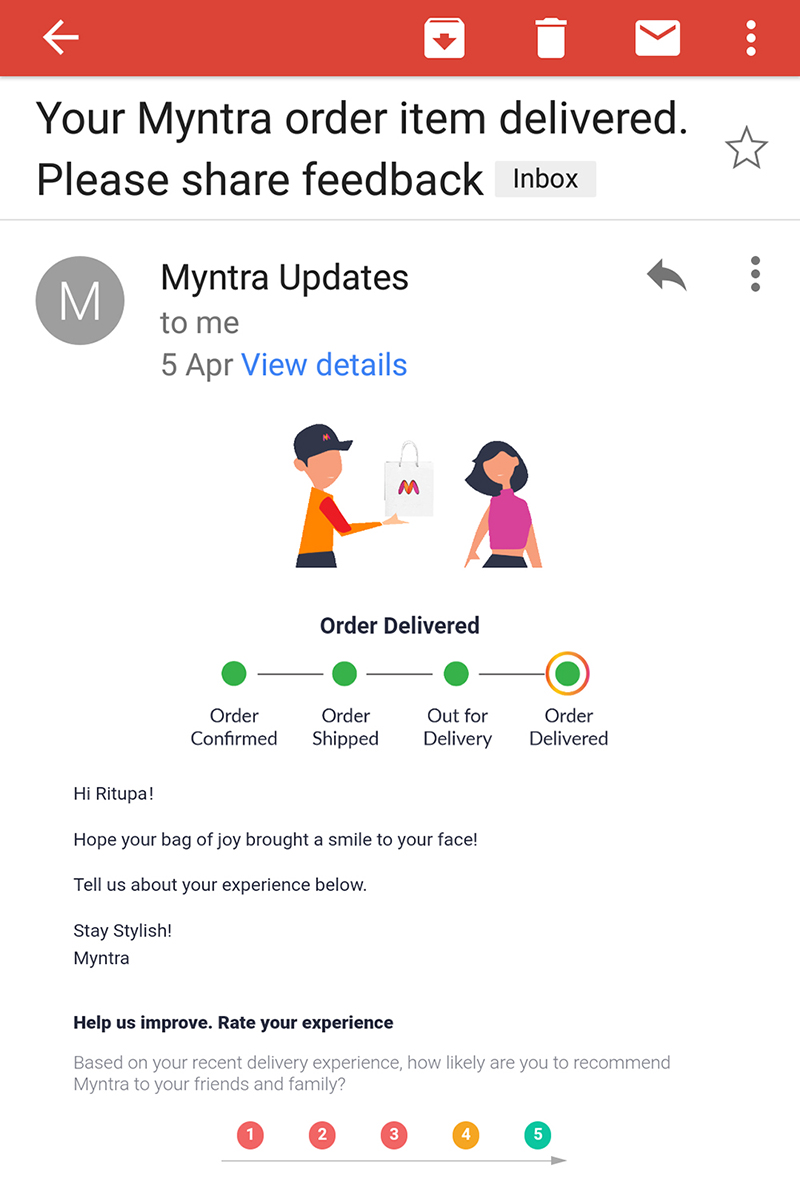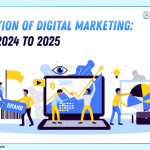Transactional Email
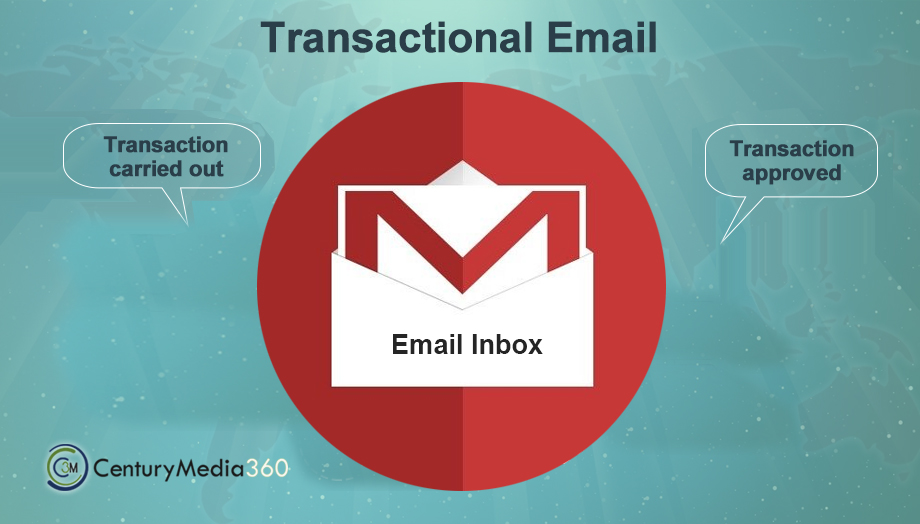
One email can make a difference.
Email is a 21st Century innovative & paperless methods of exchanging messages between networks using electronic devices. In early 60’s email operates across computer networks but today it’s primarily the Internet. At that time “Instant Message” is the only feature that enables the author and the receiver to exchange their thoughts & views through electronic mail. In present day scenario the technological advancements & scientific developments lead electronic mails much more coagulated & updated in terms of features, user-friendliness, easy manipulation, handling & upgraded services. Responsiveness of Electronic Transactional & Marketing Mails have also increased as it is usable in modern day Mobiles & Tablets leading to much easier handling and accessibility.
This 21st Century is creating a digital sensation all over the world and email is a glowing star of this digital era. So with it’s own high quality feature, global reach & market potentials, influence marketer have chosen email over others as an active and most engaged medium to connect its users.
In our today’s blog we are highlighting types of email – Transaction Emails & Marketing Emails.
TRANSACTIONAL EMAILS:
Transactional email is a method of user’s communication in which automated. Also, real-time messages are sent to users through email after a specific action has been performed within an application or website. Sometimes referred to as ‘triggered emails’ or ‘automated emails’. Transactional emails typically contain personalized information that pertains directly to the action taken by the user.
Examples of transaction email include:
Password Resets, Purchase Receipts, Shipping Notification, and Legal Notifications, Social Notification.
Confirmations & Receipts
When users receive email containing information about a purchase they’ve made online, it’s usually an order confirmation or a receipt.
However, confirmation emails don’t necessarily have to be related to a monetary transaction.
New account sign-ups, confirmation emails verify the real users that their sign-up or registration was successful.
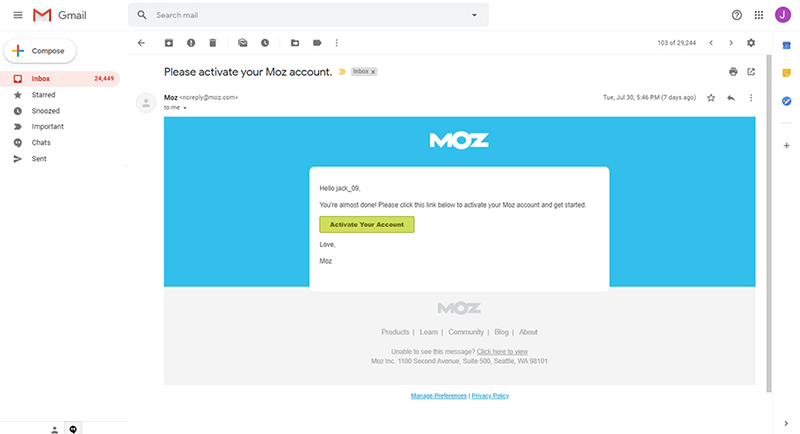
Explicit Requests
These types of transactional emails contain information explicitly requested by users of an application or service. These emails arrive immediately in the inbox. For examples: password reset emails. As users cannot access their accounts without a password, a password reset request comes with an expectation of an immediate response & solution.
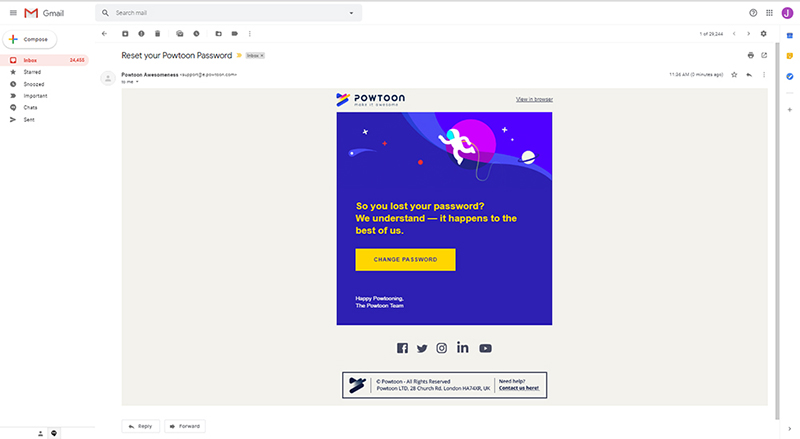
Account-related Alerts
Account-related alerts via emails, which remind consumers of overdue invoices or failed payment attempts, are an example of account-related alerts. These types of transactional emails keep customers informed of billing issues and also helps to reduce overdue.
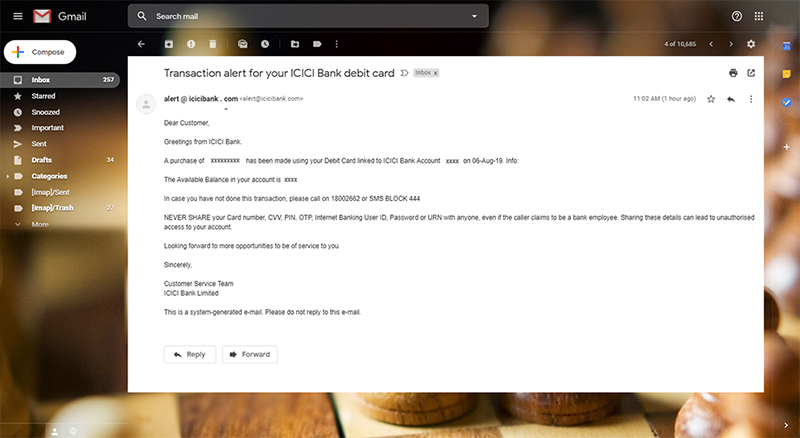
Behavioral Emails
Behavioral emails are some of the more marketing-focused of the various transactional email types. Because it helps to increase customer loyalty. After creating new account, users receive welcome emails which help users to learn about the application features & operating process.
Event-driven Notifications
These types of emails are similar to mobile phone push notifications, but they happen via email instead. Event-driven notifications can be used to alert users of a wide-range of activities, including comment notifications, event reminders, and shipping updates.
Referrals and Invitations
Many services provide a way for users to invite their friends or colleagues to create an account by sending referral and invitation emails. Instead of using their email application to send an invite, users can enter their friend’s email addresses into a form, and the service will send the invitation emails on their behalf. Referral emails work the same way, but the difference between referral emails and invitations is that referrals are usually incentivized with a benefit for the sender and sometimes the recipient as well. Examples of rewards include account credits and gift cards.
Support and Feedback Requests
Support-based transactional emails help both sender & receiver, aiding the communication process and notifying communication status virtually. So we can conclude that support & feedback requests create a positive experience between the senders and the receivers.
Transactional Email vs. Marketing Email
Transactional emails are triggered in real time by a specific user action, and they’re targeted to an individual. Marketing email is termed as sending bulk emails with a promotional motive. In this case the sender plans to market its brand or product through email promotions and marketing, generally targeting a wide user segment for its brand engagement & reach.
Conclusion:
Users easily receive every update about their transactions and notification through email with proper documentation.
It’s also a part of “Marketing Email” since marketing email promote the product and services, transaction emails help to maintain faith and trust among user & marketers. This is the direct and indirect part of Email Marketing which help marketers & users in gaining trust and brand loyalty.
Marketing Email is equivalently effective & will discuss in our next blog.

